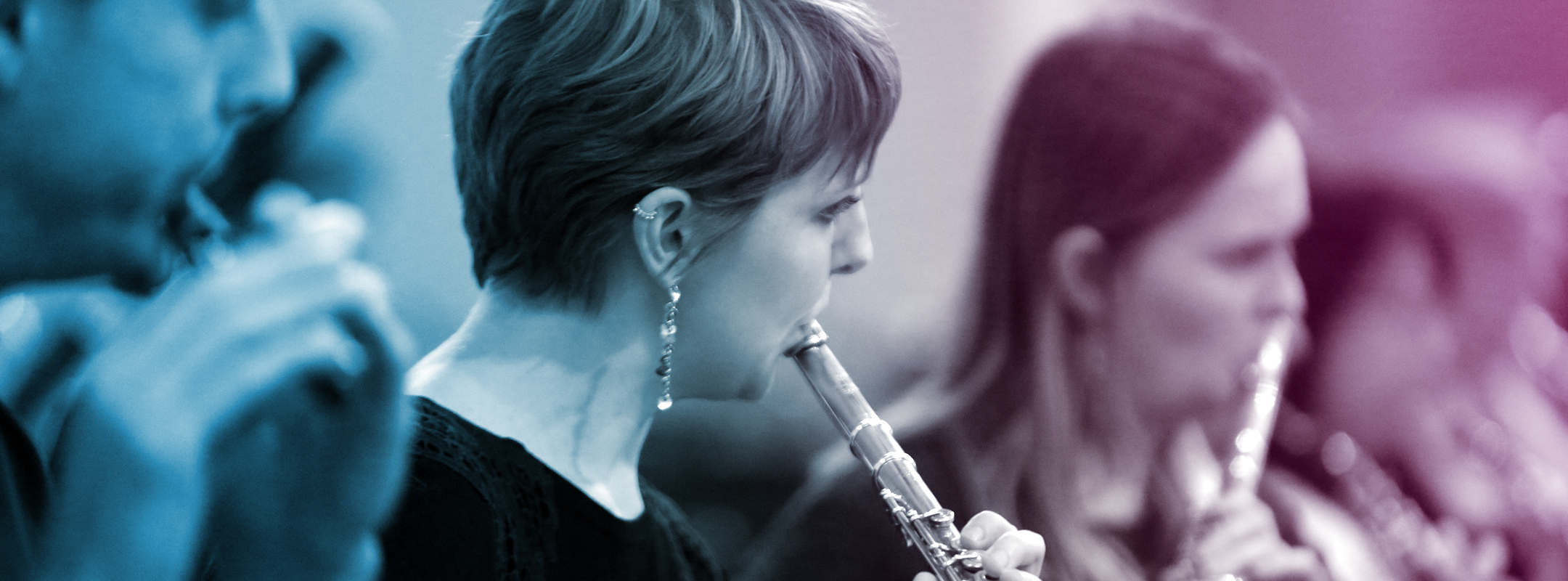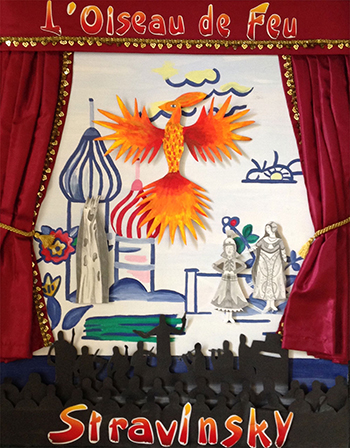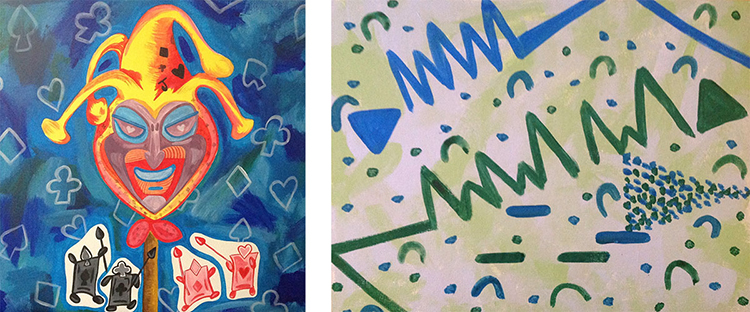
Flute
As part of the Philharmonia's Myths & Rituals festival, Southbank Sinfonia will perform three pieces by Stravinsky, including Jeu de cartes, his ballet wittily dealt in three hands. As one of the flute players in the orchestra this year, this is a concert I’ve been particularly looking forward to. Stravinsky’s flute parts are always a welcome challenge, fully exploring our range (from low to high), our tone colours (from dark to hollow) and our ability to characterise different musical phrases. I love the way that Stravinsky’s music has so many facets, not least the big lush melodies contrasted with highly rhythmical sections. My very first encounter with Stravinsky’s music was hearing one such lush melody: the unison finale of The Firebird.
However, I did not hear this in the most conventional of ways…
It was in 1998, aged seven, that I first went to see YES live at both Newcastle City Hall and Sheffield City Hall. My parents were big fans of the progressive rock band long before my sister or I were born, so we grew up listening to their songs. I wanted to be like Rick Wakeman, their lead keyboard player. It was one of the band’s traditions that they came on stage to The Firebird Suite, and that was my first introduction to Stravinsky.
My next Stravinsky encounter happened around the age of 12 on my first trip to Salts Mill in Saltaire (West Yorkshire). There I saw an exhibition of opera and ballet set designs by David Hockney, including Mozart’s Magic Flute, Puccini’s Turandot, Wagner’s Tristan and Isolde, and four inspired by Stravinsky’s The Rake’s Progress, Le Sacre du Printemps, Le Rossignol and Oedipus Rex. This was the first time I thought about how music can evoke a visual response, and it inspired me to go home and produce a set design for Stravinsky’s Firebird.

It wasn’t until 2006, three years later, that I performed some Stravinsky for the first time. As part of the National Youth Orchestra of Great Britain, we performed Stravinsky’s Concerto for Piano and Winds at the Barbican and I remember in the first rehearsal sitting there, wondering how to count a piece that looked so rhythmically complex… then inevitably getting lost as the time signatures leapt around.
But throughout the years, music and painting in combination have been a topic I’ve thought about a lot. In fact, the subject for my Master’s research while in The Hague, The Netherlands was titled The Painting Musician. In it, I tried to answer three main questions:
While I was researching, I happened to be practising a flute orchestral excerpt from Stravinsky’s Jeu de cartes and so I painted Act 2 Variation 4 in both a figurative style and in an abstract style, thinking about the colours and forms I wanted to use.

The figurative painting depicts the main character of the ballet, the Joker. There’s an element of conflict, which represents the constant alternation between neighbouring notes, often juxtaposed an octave apart. The spears are prodding the Joker, mimicking the staccato in the excerpt, while the vibrant and saturated colours indicate the loud dynamic marking of the variation.
The abstract painting concentrates on the shape and the nuances of the solo flute line. The colour filled triangles show accents, while the zig-zags represent the frequent note leaps in the solo. Musical symbols are also present, much in the style of Paul Klee.
I found that painting the music helped me focus on its message rather than its technical difficulties, providing a different frame through which to think about it. It’ll certainly be in my mind when we’re rehearsing Jeu de cartes this month. Perhaps, one day, my journey will travel full circle and I’ll have the opportunity to play – and maybe even paint – the finale from The Firebird.
Find out more about Alice here